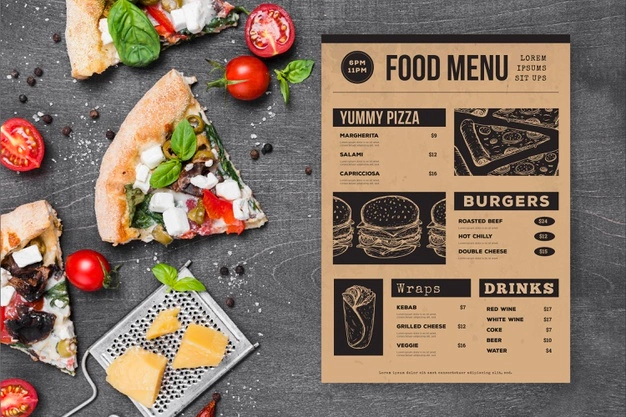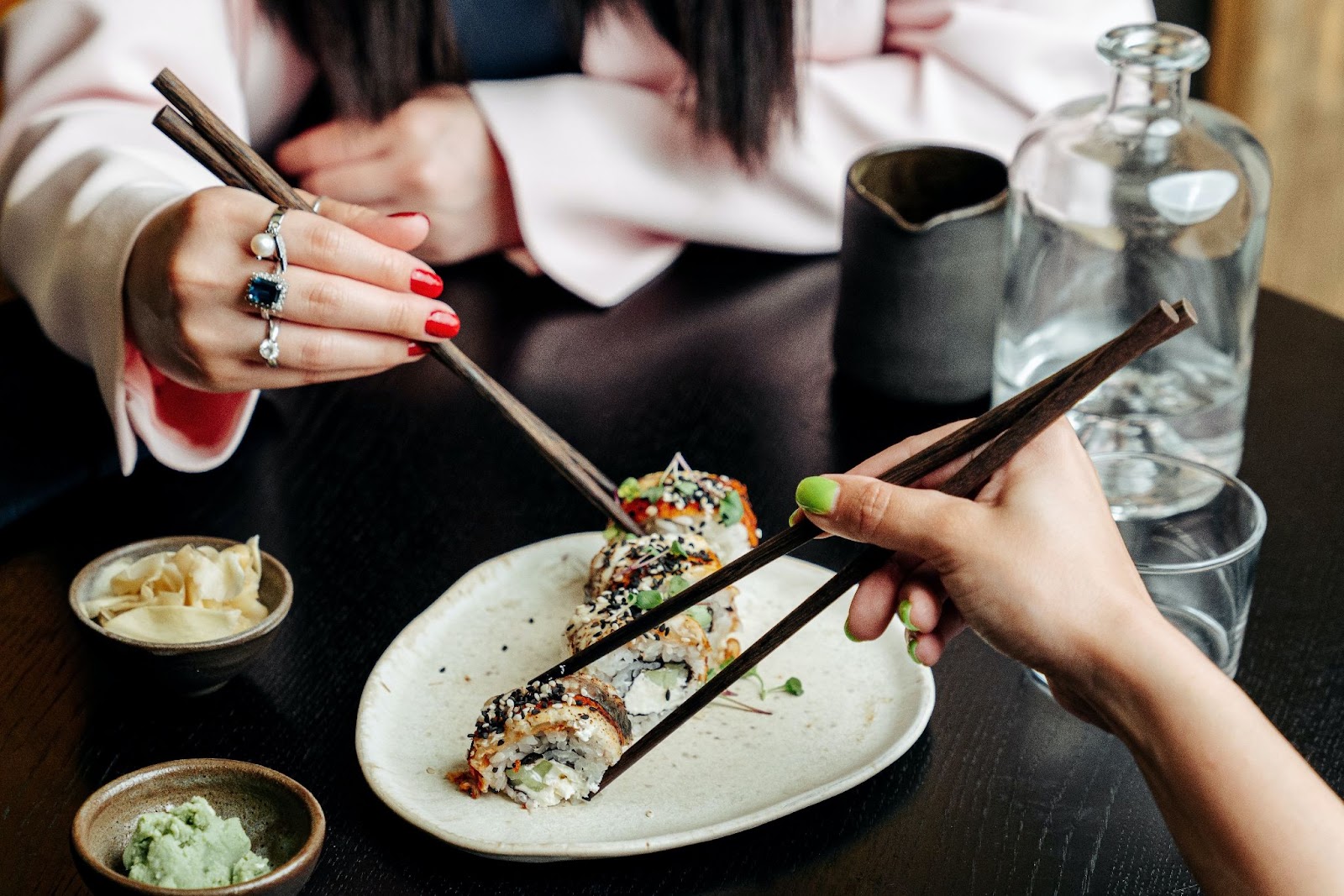Introduction
A well-designed menu is a powerful tool that can significantly influence a restaurant’s success. It serves not only as a list of offerings but also as a strategic asset that encourages sales and enhances the dining experience. This article explores key strategies for designing a menu that captivates customers and drives sales.
Understanding Menu Psychology
Menu psychology, or “menu engineering,” involves strategically designing a menu to guide customer choices. Understanding how customers read menus—typically starting in the top-right corner—can influence item placement. Highlighting high-margin items in prime locations directs attention and increases sales.
Crafting Descriptive Item Names
Descriptive and enticing item names enhance the appeal of dishes. Using vivid language to describe flavors, origins, or preparation methods engages customers’ senses. A well-crafted description can evoke imagery and emotions, making dishes more irresistible.
Utilizing Visual Elements
Visual elements like color, fonts, and images play a crucial role in menu design. Clear, legible fonts and a balanced layout ensure readability. Incorporating high-quality images of signature dishes can tempt customers and showcase culinary expertise. However, moderation is key to maintaining a clean, uncluttered look.
Prioritizing Menu Organization
Organizing the menu logically enhances customer navigation. Grouping items into clear categories, such as appetizers, entrees, and desserts, provides structure. Within each category, arranging items from least to most expensive subtly guides customers toward desired choices.
Highlighting Specials and Signature Dishes
Highlighting specials and signature dishes draws attention to standout offerings. Using visual cues like boxes, borders, or icons can make these items pop. Limited-time offers or chef’s specials create a sense of urgency, encouraging customers to try something unique.
Focusing on Pricing Strategy
Pricing strategy is essential in menu design. Avoid using currency symbols, as they can remind customers of spending. Instead, opt for whole numbers or rounded prices to create a sense of value. Consider using price anchors—placing a high-priced item near others to make them appear more affordable.
Balancing Variety and Focus
A diverse menu caters to varied tastes but should remain focused to avoid overwhelming customers. Offering a balanced selection within each category ensures options for different preferences while maintaining operational efficiency. Regularly updating the menu keeps offerings fresh and relevant.
Showcasing Local and Seasonal Ingredients
Featuring local and seasonal ingredients not only supports sustainability but also enhances menu appeal. Highlighting these elements in descriptions connects customers to the community and emphasizes freshness. Seasonal items introduce variety and encourage repeat visits.
Incorporating Dietary Information
Providing dietary information, such as gluten-free, vegetarian, or vegan options, caters to health-conscious diners. Clear labeling makes it easy for customers to find suitable choices. Transparency about ingredients and allergens builds trust and accommodates diverse dietary needs.
Encouraging Upselling and Cross-Selling
The menu can encourage upselling and cross-selling by suggesting complementary items. Phrases like “pairs well with” or “add a side of” guide customers toward additional purchases. Training staff to make informed recommendations reinforces these techniques.
Testing and Gathering Feedback
Menu design should be an ongoing process. Testing different layouts, descriptions, or pricing strategies provides insights into customer preferences. Gathering feedback from patrons and staff helps identify areas for improvement and ensures the menu continues to meet evolving demands.
Conclusion
Designing a restaurant menu that sells involves a blend of psychology, creativity, and strategy. By focusing on layout, language, and pricing, restaurants can create a menu that not only entices customers but also boosts sales. A thoughtfully designed menu enhances the dining experience and contributes to a restaurant’s overall success.



